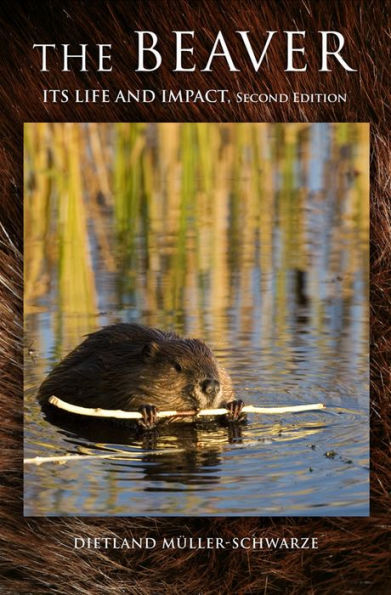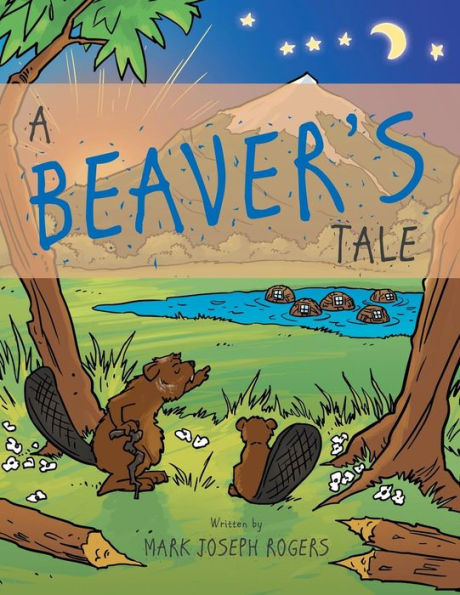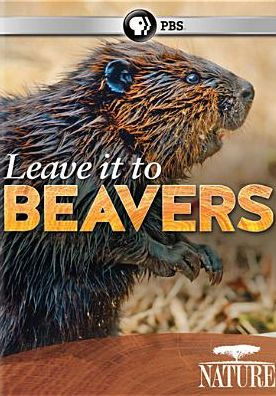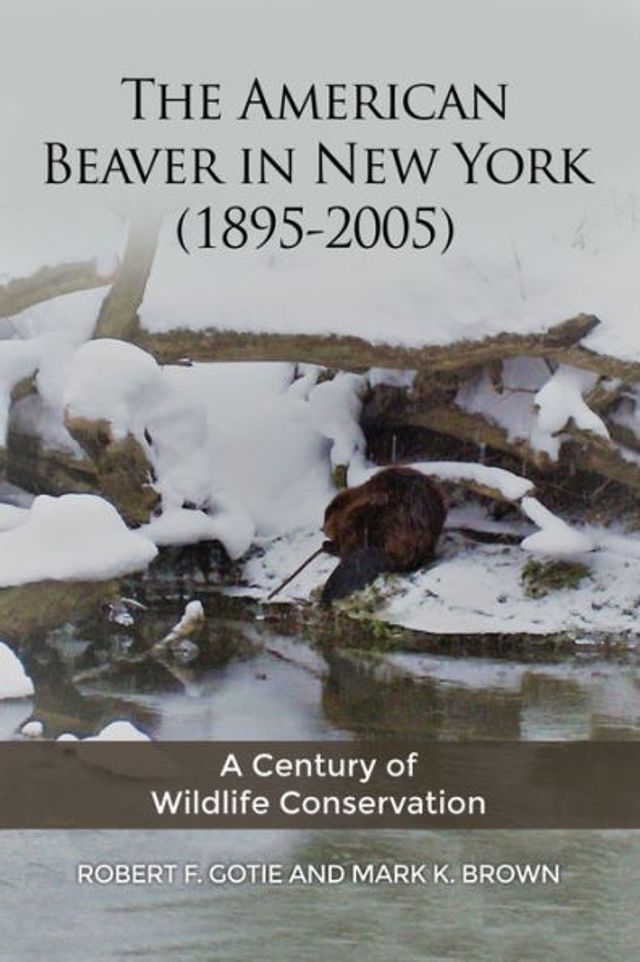Home
The Beaver: Natural History of a Wetlands Engineer



The Beaver: Natural History of a Wetlands Engineer
Current price: $44.95
Loading Inventory...
Size: Hardcover
In an up-to-date, exhaustively illustrated, and comprehensive book on beaver biology and management, Dietland Müller-Schwarze gathers a wealth of scientific knowledge about both the North American and Eurasian beaver species. The Beaver is designed to satisfy the curiosity and answer the questions of anyone with an interest in these animals, from students who enjoy watching beaver ponds at nature centers to homeowners who hope to protect their landscaping. Photographs taken by the authors document every aspect of beaver behavior and biology, the variety of their constructions, and the habitats that depend on their presence.
Beaver facts:
•Just as individual beavers shape their immediate surroundings, so did the distribution of beavers across North America influence the paths of English and French explorers and traders. As a result of the fur trade, beavers were wiped out across large areas of the United States. Reintroduction efforts led to the widespread establishment of these resilient animals, and now they are found throughout North America, Europe, and parts of the southern hemisphere.
•Beaver meadows provided early settlers with level, fertile pastures and hayfields.
•Based on the fossil record, the smallest extinct beaver species were the size of a muskrat, and the largest may have reached the size of a black bear (five to six times as large as today's North American beavers). Beaver-gnawed wood has been found alongside the skeleton of a mastodon.
•Some beavers remain in the home lodge for an extra year to assist their parents in raising younger siblings. They feed, groom, and guard the newborn kits.
•In 1600, beaver ponds covered eleven percent of the upper Mississippi and Missouri Rivers' watershed above Thebes, Illinois. Restoring only 3 percent of the original wetlands might suffice to prevent catastrophic floods such as those in the early 1990s.


















